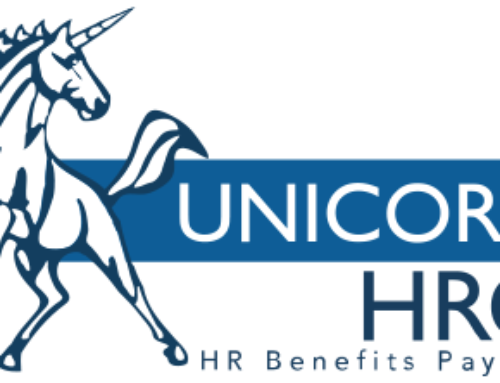2017 was a banner year in the mergers and acquisitions (M&As) business. Amazon bought Whole Foods; home builder Lennar merged with CalAtlantic; Coach purchased Kate Spade; Yahoo and AOL will form a new digital media company under Verizon. These are just a few of the more high-profile business dealings that joined the list of hundreds of M&A transactions throughout the year.
In many ways though the year wasn’t too very different from previous years as the reasons behind the activity tended to be the same – to expand into new markets, acquire new technology or reduce competition. Another element of M&A activity that didn’t change much, and in fact may have gained more in importance and value, is the role of human resources in helping to assure the success of the transaction.
The process of integrating two companies, their cultures, management team and styles, health and retirement benefits, contribution and vesting plans, workers compensation and so on is a massive undertaking. HR professionals must rise to the challenge in recognizing any potential problems and identify solutions that can help with the integration of the two organizations. Their participation in the entire process is crucial because, in many instances, how the organization reacts before, during and after the transaction can have an impact on the outcome.
In advance of any signing or final determination by a company looking to merge with or acquire another organization, that company’s HR role is to conduct a due diligence overview of the target organization’s human resources and policies. This might entail a comprehensive review of the benefits package; compensation packages; policies pertaining to family leave, holidays, sick days, etc.; training/education programs and funding; tolerance issues (i.e. drugs, misconduct, etc.); physical and cyber security policies; any liability issues (i.e. worker’s compensation claims, harassment suits, etc.); retirement and pension plan obligations; labor contracts and so on.
By having a full and complete picture of these important hard and soft business aspects prior to any final negotiations, management can make a more informed and potentially financially sound decision. It also provides HR with a preview of the landscape, priorities that need to be set and any potential issues.
After the transaction has been finalized and announcements made, and before the actual integration takes place, an HR strategy must be developed and communicated. This can be done as a joint effort by both companies or solely by the acquiring organization. In either case, the planning that was executed prior to the final signing can be the basis of a framework that will help the HR team align expectations and manage the change process.
One of the most important objectives at this stage is the need for extensive and timely communication to all stakeholders. Employees, in particular, may be anxious about the new organization, how or if it will affect their position, relocation concerns, trust issues and so on. Rumors are usually rampant at this stage and can create serious problems if not kept in check through effective communication. Ongoing and reliable information disseminated by HR through corporate emails and/or social media, town hall type meetings and other forms of group or one-on-one meetings can help alleviate many of these concerns before they become a serious problem. Part of the communication process is also listening and by listening to employee concerns, HR can provide valuable feedback to management so that strategies can be jointly developed to help lessen the impact on performance.
Another key objective in managing the change process is identification and retention of key talent. HR may consider re-recruiting those individuals to ensure they are not lured away by the competition. Loss of these employees can negatively impact the success of the integration as well as communicating what the new organization values. Equally important as retention strategies for key employees is the reverse – separation strategies. If the process is not properly managed, the new organization could collapse from within due to motivational issues with personnel.
Once the integration of the two organizations is complete, HR must continue with the process of re-adjusting, solidifying and fine tuning the new organization to help ensure long-term success. At this juncture it also an opportune time for HR to recast their role within the new organization as a strong and involved member of the executive team.



